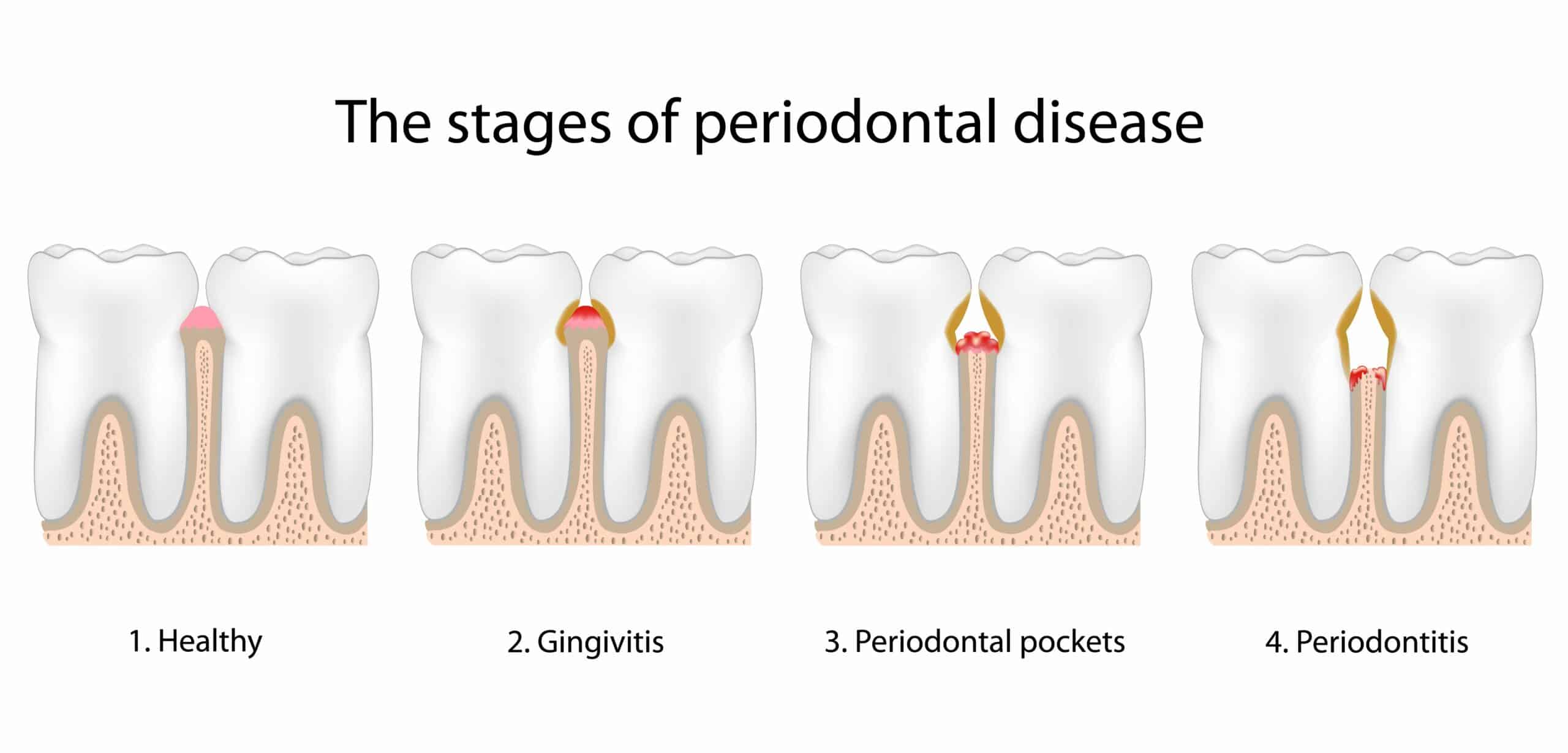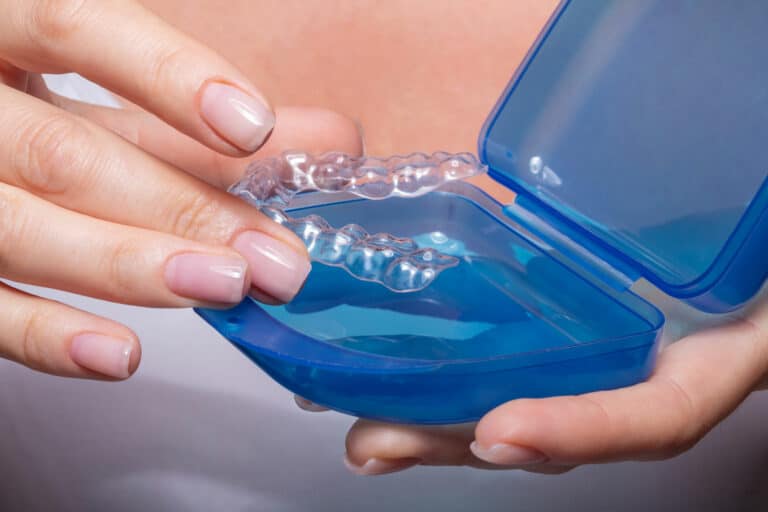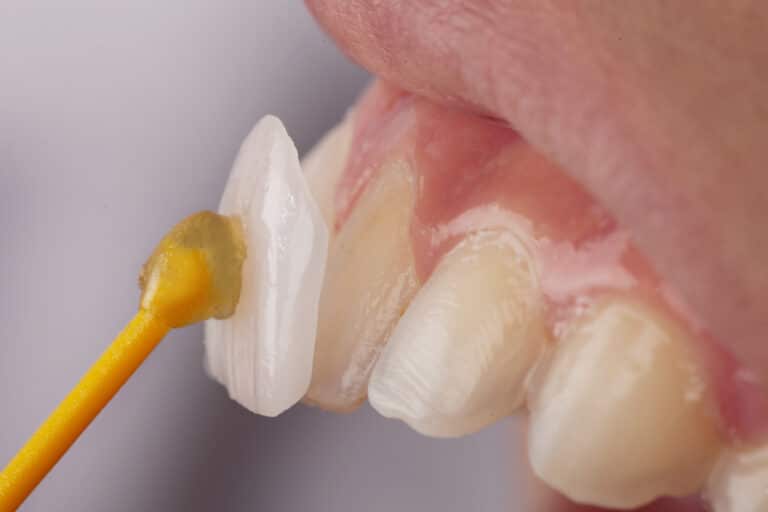Gum disease the is the bacterial infection of the gum tissue. The bacteria that causes gum disease is the same bacteria that causes tooth decay and bad breath. In its earliest stages, gum disease mostly affects the gum tissue itself. As the condition progresses, it can wind up affecting the teeth, the jawbone, and other structures of the mouth. It’s been estimated that around 64 millions Americans suffer from some stage of gum disease.
The team at Astoria Dental Group knows just how serious gum disease can be, which is why we offer advanced periodontal treatments for gum disease and recession. Generally speaking, there are three stages of gum disease. Listed from least sever to most severe, they are as follows:
- Gingivitis
- Periodontitis
- Advanced periodontitis
Let’s explore each of the stages of gum disease in more detail.
Gingivitis
Gingivitis is the earliest stage of gum disease. Its symptoms include the following:
- Swollen gums
- Gum discoloration
- Tender or irritated
- Bleeding gums
- Mild gum recession
- Mild tooth sensitivity
Early and Moderate Periodontitis
Periodontitis is the next stage of gum disease and it occurs if gingivitis goes untreated. The condition generally involve a worsening of the previous symptoms as well as the following:
- Loose teeth
- Exposure of the tooth roots
- Serious tooth sensitivity
- Changes in tooth alignment
- Chronic bad breath
- Sore gums
- Pain while chewing
- Pus between the teeth and gums
Periodontitis can be classified as slight/early to moderate depending on the symptoms exhibited and their severity. This distinction regarding early and moderate periodontitis has led some dental health professionals to classify gum disease into four stages rather than three.
Advanced Periodontitis
Advanced periodontitis is the most serious stage of gum disease. At this point, significant dental health issues affect the gums as well as other structures of the mouth. Common symptoms of advanced periodontitis include:
- Large spaces between the teeth
- Tooth decay below the gumline
- Serious pain while biting and chewing
- Severe inflammation of the gum tissue
- Tooth loss
By this stage, it’s possible for the infection of the gum tissue to spread to the jawbone and other parts of the mouth.
Treatments for Gum Disease
Treatments for gum disease can vary depending on the stage of the condition. The earlier the detection and treatment, the better for overall dental wellness.
For gingivitis, the most common treatment will involve getting the infection under control. This will often involve the use of antiseptic medications and rinses.
For more advanced stages of gum disease, more aggressive measures may be used to get the infection is brought under control, which may include antibiotics. If gum recession occurs, soft tissue augmentation and grafting can be performed to rebuild the gumline.
Additional restorative procedures can be used to treat other parts of the mouth affected by the advanced gum disease. For example, root canal therapy and/or the use of restorations may be necessary to address tooth decay that occurs below the gumline.
Tips for Preventing Gum Disease
To prevent gum disease, consider the following common sense dental care tips
- Brushing your teeth at least twice a day (ideally after every meal)
- Floss your teeth at least once a night (ideally after every meal)
- Avoid using tobacco products (cigarettes, cigars, chewing tobacco)
- Stay hydrated through the day by drinking water
- Eat a healthy, balanced diet rich in vegetables and fruits
- Visit your dentist twice a year for regular checkups
Contact Astoria Dental Group
For more information about treating gum disease and preventing periodontal health issues of various kinds, be sure to contact our cosmetic and restorative dentistry center today. The team at our practice looks forward to your visit and discussing these matters in much greater detail.




